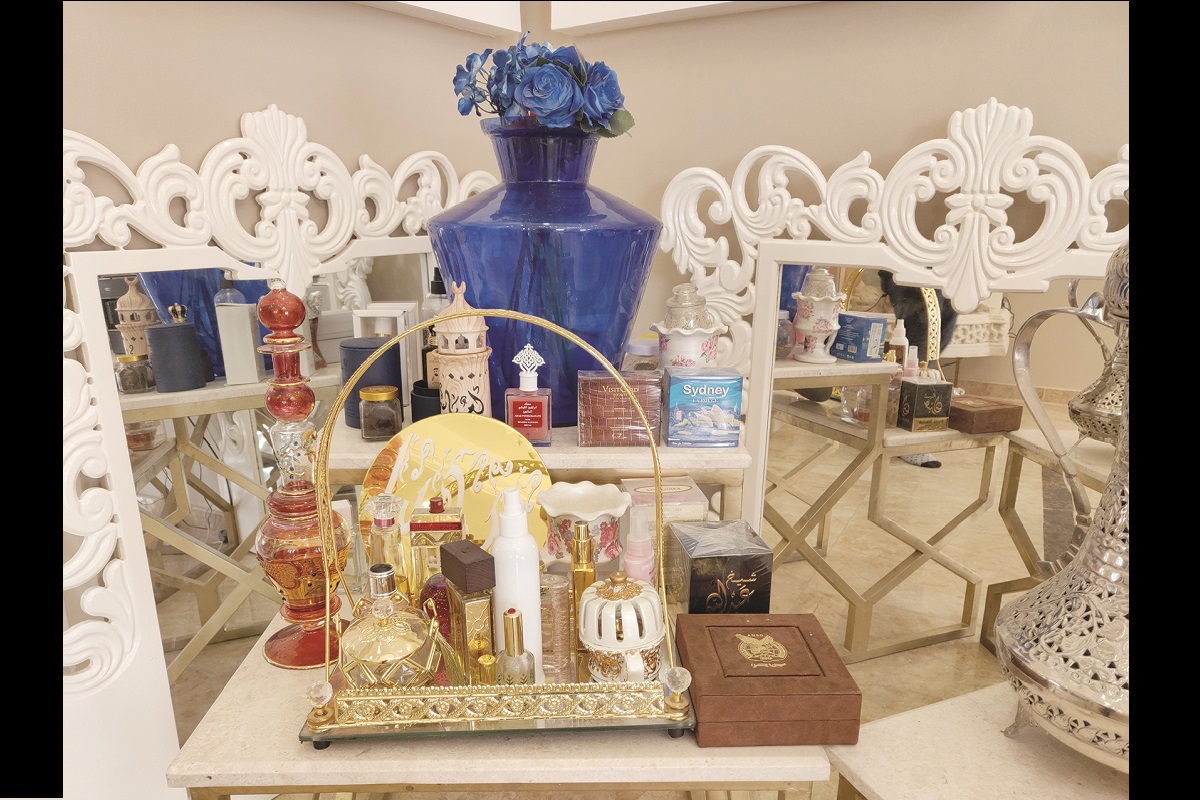They say dining at any local’s home can give a lot of insight about a country’s culture and tradition. Our perspective about Sharjah began the moment we came out of our flight and proceeded for immigration clearance. The lady officer on duty, in an abaya (the long, black robe), said “Upar dekho (Look-up)”. Her clean Hindi pronunciation amazed everyone in our group and led us to wonder how a foreigner could speak in Hindi, that too in a foreign land.
Then, in another queue, a group of local men, clad in Kandora or Dishdasha (the white cotton ankle-length outer garment) were taking some falcons past the immigration counter. Tied to a wooden plate, they were a total six in number. As we asked whether these birds were pets, a fellow traveller, who was quite familiar with the Emirati culture, said “Yes!”
Sharjah, one of the Emirates and the cultural Capital of the Arab world, is just a stone’s throw from the highly-developed, more popular Dubai. But in many ways it is quite opposite to it. Unlike other member nations, the city is happy to be a little conservative as it has kept its years-old rich culture and tradition intact.
Sharjah’s acclaimed art galleries, museums and local architecture, talk volumes about its thousands of years-old rich culture. Therefore, the city has a unique charm. The more one goes deep inside, the more one loves it. When we were about to leave the country, after spending good five days exploring its culture, tourist destinations, foods and souks, the only thought running in our minds was: Wish we could spend a few more days here.
Local flavour
There is a popular belief that if one wants to know about the culture and food of any place, one should first know and taste their food. For local food what could be better than dining at some local’s home. Our quest soon led us to the home of Fatima, a Sharjah resident. As the door opened, the late middle-aged lady chanted, “Shukran, shukran for coming to my house. Welcome welcome!” She then sprinkled rose petals from a basket. What a way to welcome anyone! However, she didn’t stop here. She brought out a Mabkhara, which is a golden vase-like traditional incense burner. Oud or agarwood is burnt on coal embers, emitting a fragrant smoke. This she wafted into the hair of the women and men’s faces. The scent from the smoke was really refreshing.
Arabic delight
Then it was time for food. Our hostess first welcomed us with the famous Arabic coffee and dates. While serving, she explained the Arabic etiquette on how to serve coffee. “There are many minute things one has to take care while serving coffee or for that matter anything else,” she informed. Coffee is served in tiny cups by the youngest member of the house. Fatima explained further that one should start serving from the person sitting on the right and the guest should accept the coffee with the right hand only. This is considered the right etiquette. However, if there is some respected person or government official sitting, then the host should start from him. One should keep a distance of one metre while pouring and serving the coffee so that it doesn’t spill on the guest.
The coffee was full of ingredients like cardamom and saffron. Then we were taken into the luxurious living room decorated with colourfully-painted walls and stunning art pieces as well as elegant furniture. Like many traditions, Arabs also serve food on the floor. It was quite relaxing sitting on a cushion, sampling an array of local food, including Biryani, dal, mutton, pita bread, hummus and fish. Among the food, Fatima informed, qsheed (meat of baby shark) was quite popular. She explained its preparation. The meat is first pounded then boiled and mixed with spices. One should enjoy it with rice, she informed. For dessert there were several choices ~ it’s hard to name them all.
Dress up
If you have tried their local dishes, how can you miss their local attires? For that, Fatima had a huge collection for both men and women. The men were invited to wear khandura with a white headscarf tied with a black cord while the women could try jalabiya (gown) and batola (burqa). And, we could take as many selfies as we wanted!












